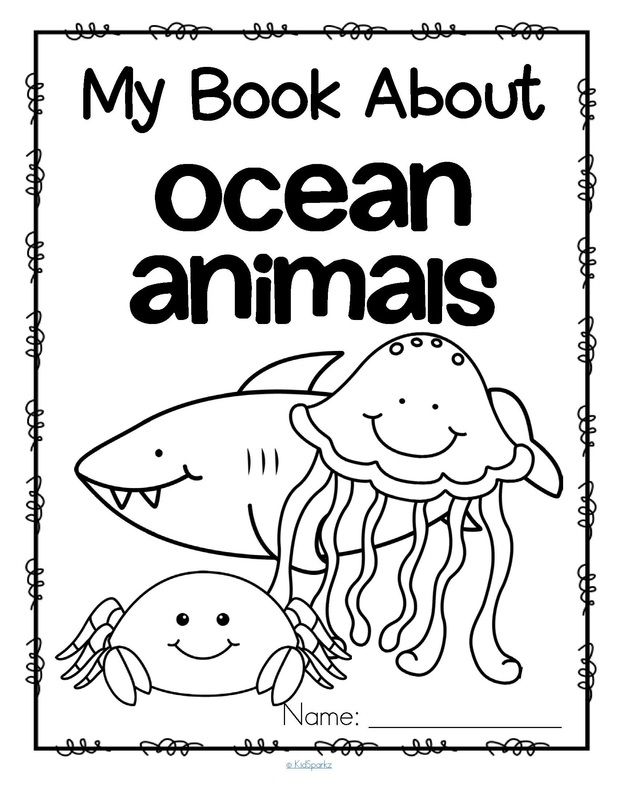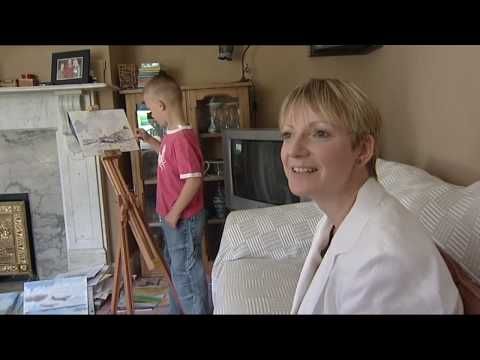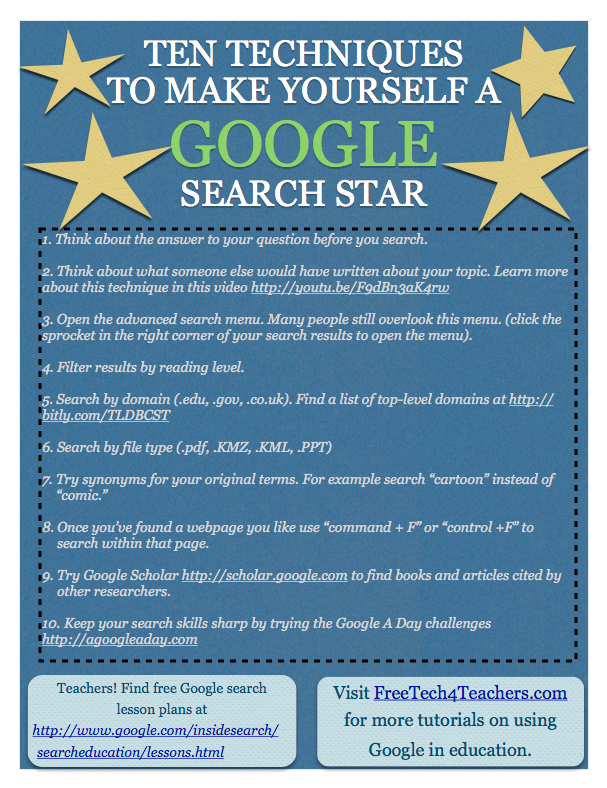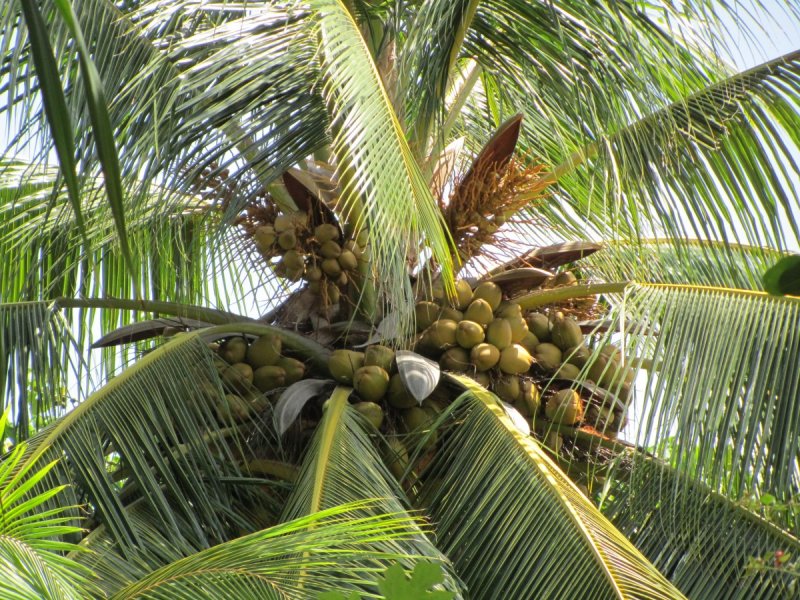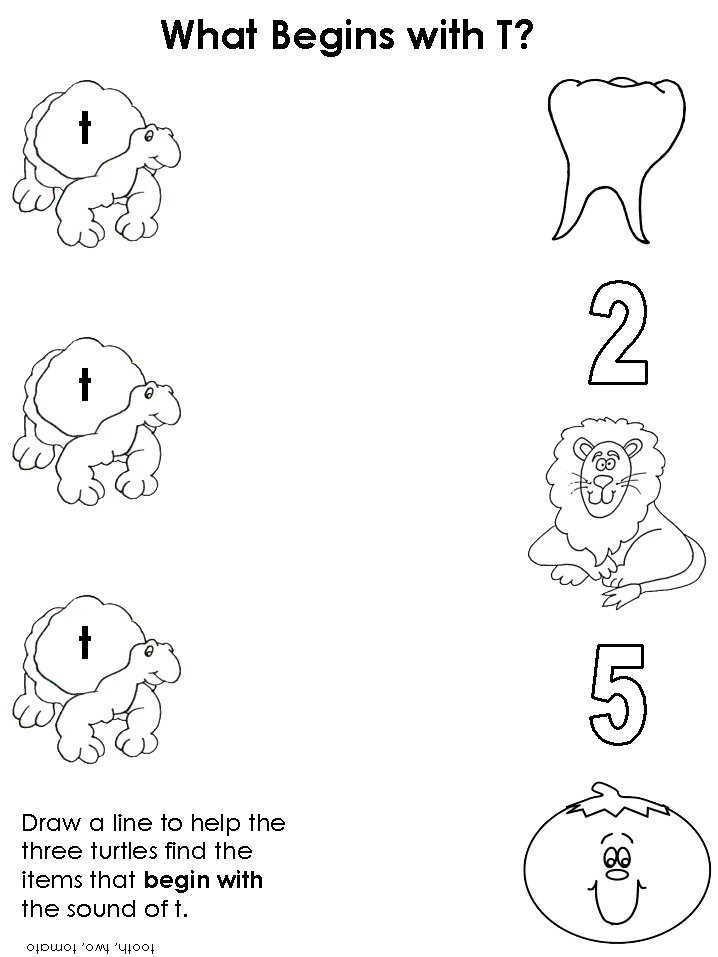Jellyfish books for preschoolers
Jellyfish Books for Preschoolers
This post may contain affiliate links.
Whether you’re studying the ocean or just planning a trip there, your kids will love these jellyfish books for preschoolers! Fiction and nonfiction selections!
As you begin gathering your ocean-themed books and activities for kids, be sure to explore the books featured on the list below. They’ll help you get your kids ready to learn about jellyfish.
Below, I’ve featured just a handful of jellyfish books for preschoolers that will help your kids ages 3-6 learn more about these brainless, spineless creatures of the sea.
You should be able to find them at your local library or bookstore. If you can’t find them locally, you can click each image cover to purchase them on Amazon.
Look, a Jellyfish! – Carefully leveled text and fresh, vibrant photos engage young readers in learning about jellyfish. Age-appropriate critical thinking questions and a photo glossary help build nonfiction learning skills.
Jeremiah Jellyfish Flies High! – Join Jeremiah Jellyfish as he swims away from his shoal and finds himself taking charge of the World’s Biggest Rocket Plane Factory!
I Am Jellyfish – Jellyfish is quietly crooning in the shallows, when knife-nosed Swordfish swooshes, races and chases her, down, down, down, deep into the dark blue sea. At that moment, stealthy Squid stretches a tentacle, tussling and tossing Swordfish in the darkness. Who will help Swordfish? He makes a last wish… Then … ON goes a light – it’s Jellyfish!
I Am Not a Fish! – Edgar is a jellyfish, but he doesn’t look, act, or feel very much like a “fish.” With a little help though from some friendly starfish, Edgar realizes that labels aren’t important, and he should celebrate what makes him unique!
June the Jellyfish – In this bubbly little ocean tale, a shy little jellyfish loves to dance, but she is too afraid to talk to any other fish in the sea! Will she ever be able to overcome her fears and make some new friends?
Spencer and Vincent – When two jellyfish brothers are separated at sea it takes all of the ocean’s creatures to help them reunite in this heartwarming tale of brotherly love.
Peanut Butter and Jellyfish – Peanut Butter and Jellyfish are best of friends and swim up, down, around, and through their ocean home. Crabby is their neighbor. He is not their best friend. But when Crabby gets in trouble, will Peanut Butter and Jellyfish come to the rescue? You bet they will!
Jellyfish (A Day in the Life: Sea Animals) – Beautiful and translucent, jellyfish can be deadly but some are perfectly harmless. Learn about the physical traits of jellyfish, how they move, where they are found, and their hunting and sleeping habits.
Jellyfish – Readers will learn just how amazing jellyfish can be. The many species of this ocean invertebrate may not look like other undersea animals, but they have some amazing adaptations and behaviors that help them survive.
Round Out Your Unit with These Activities:
This felt jellyfish puzzle is perfect for imaginative play! Great for quiet play at appointments, bedtime, road trips, restaurants, sleep overs, fine motor skill development etc.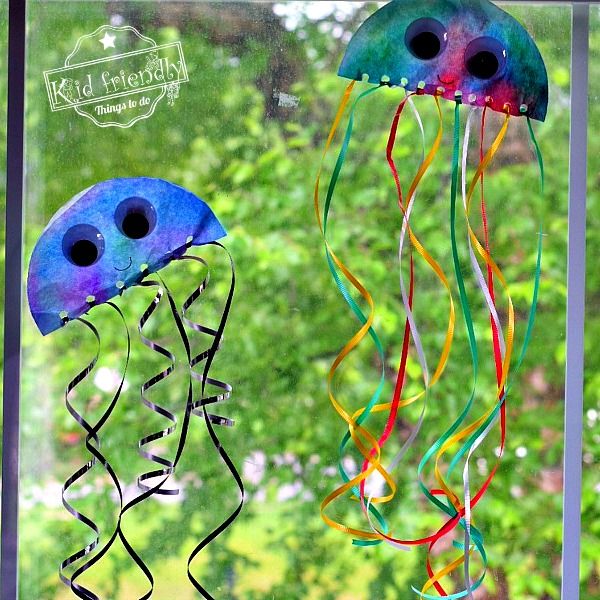
Related Posts
Jellyfish Books for Preschoolers
0 shares
Do you have a little one who loves spending time in the water?
These Jellyfish Books for Preschoolers is the perfect way to introduce them to the wonderful world of reading. Filled with colorful and engaging illustrations, your child will be entertained for hours on end.
Make certain to check these fun Ocean Activities for Kids for more activities about ocean animals and their life cycles.
Reading is an important skill that helps children learn and grow. With these Jellyfish Books, you can help your child get a head start on their education while they have fun swimming through the pages of these delightful books.
Read on to find out what Jellyfish Books are perfect for your preschoolers!
This post may contain affiliate links meaning I get commissions for purchases made through links in this post.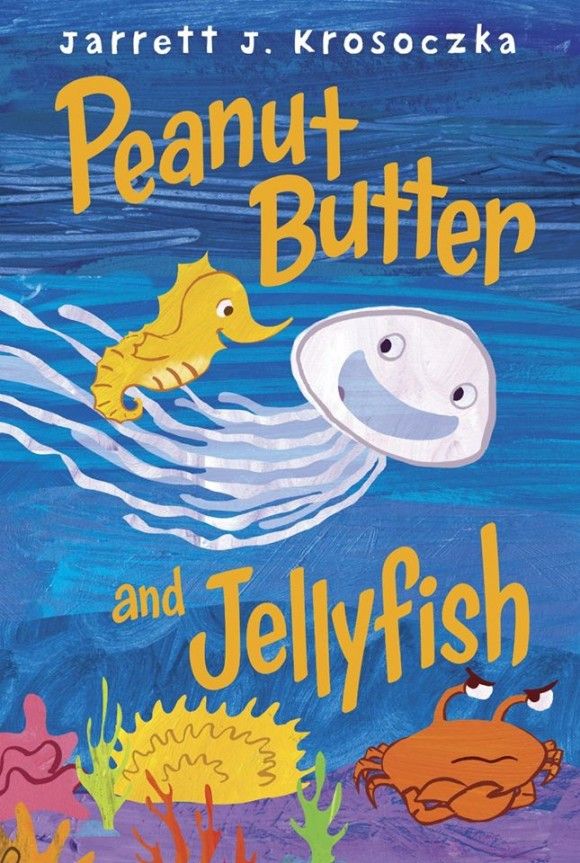 Read my disclosure policy here.
Read my disclosure policy here.
Jellyfish Facts for Kids
Jellyfish are some of the coolest creatures in the ocean! They come in all sorts of sizes and colors, and they can even light up in the dark. But there’s more to these creatures than meets the eye.
Here are a few jellyfish facts that your kids might find fascinating:
- Jellyfish don’t have brains. They don’t even have a backbone! Instead, they have a simple nervous system that helps them move and react to their surroundings.
- Jellyfish don’t have eyes, but they can still see. They have special organs called rhopalia that help them sense changes in light and movement.
- Jellyfish can be found in all oceans of the world. Some species even live in fresh water lakes and rivers.
- Jellyfish come in a wide variety of sizes and colors. The smallest jellyfish are less than 1/2 inch across, while the largest can grow up to 3 feet across! And some jellyfish can even glow in the dark!
If you’re looking for some jellyfish facts for kids or a good story about them that your preschooler will love, check my reading list below.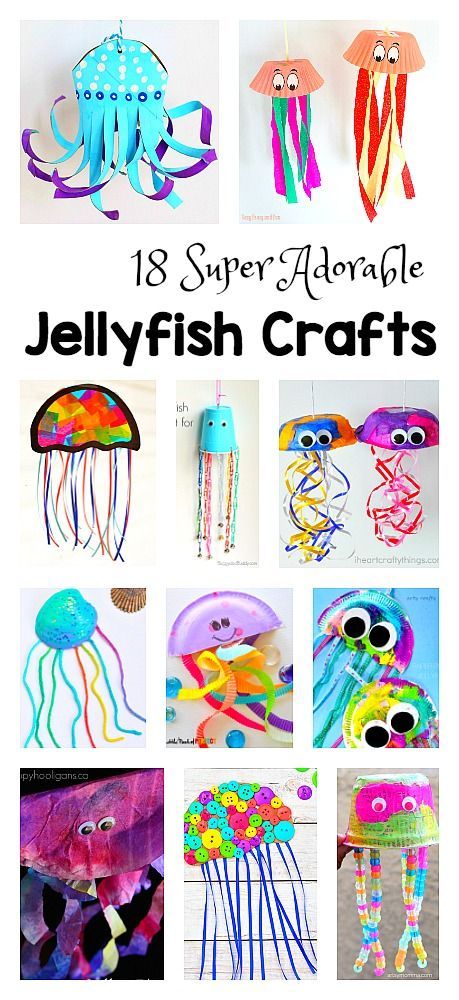 I’ve rounded up 10 of my favorite jellyfish books for preschoolers, perfect for homeschooling or simply learning more about these amazing creatures.
I’ve rounded up 10 of my favorite jellyfish books for preschoolers, perfect for homeschooling or simply learning more about these amazing creatures.
We hope you enjoy learning about jellyfish as much as we do!
Recommended Ocean Animal Toys
Is your child an ocean-lover? Grab these cute ocean animal toys and be ready for your homeschool ocean science lesson.
FINGOOO Sea Animals Toys for Kids,32 Pack Vinyl Plastic Ocean Animals Figures for Birthday Easter Egg Filler Cupcake ToppersTOYMANY 8PCS 4-8INNOCHEER Sea Animals Toys for Kids, Ocean Animals Toys, 18 Pack Sea Creatures Toys with Large Play Mat – Including Shark, Whale, Dolphin for Toddlers Boys Girls Age 3 4 5 6 7 8Ocean Animals Dig Kit – Seashell Dig Bricks – Exploring 12 Sea Animal Toys Set, Ocean Life Excavation Science Kit for Fun Party Favors Good Education STEM Gift for Kids Boys GirlsTalking Plush Stuffed Ocean Animals | Plush Sea Creatures Set | Set of 4 Plush Ocean Animals | Octopus, Sea Turtle, Shark, & Clownfish with Coral Reef HouseKiddisie 12PCS Sea Animal Figures Toys Plastic Ocean Animals Figurines with Dolphin, Sea Turtle, Octopus, Starfish for Kids Toddler Party Supplies Cake Topper(12PCS Ocean Animal)
Recommended Under the Sea Activity Kits
Little Learners Print & Go Math Kit: Ocean
Grab this ocean-themed worksheets! Kids can learn (or practice) basic math, patterning, and more!
Jellyfish Kid Craft
Get this very cute jellyfish craft for your child for fine motor skills practice. You can choose between mermaid colors or blues.
You can choose between mermaid colors or blues.
I hope you now decided on what jellyfish book is perfect for your child. Go ahead and grab that book for your homeschool lesson.
More Ocean Activities
Ocean Activities for Preschoolers
Ocean in a Bottle Experiment
Ocean I Spy Game Printable
Ocean Sensory Bag by Homeschool Preschool
Label the World’s Oceans by 3 Boys and a Dog
0 shares
Monique
I share educational printables and activities to help homeschoolers make learning about math and science fun and engaging!
10 children's books worth going to Non/fictio№22
Text: Natalya Lebedeva
What to give a child to read? This question for parents is akin to the eternal “who is to blame?” and “what to do?”. And if you look at all the plethora of amazing new children's books that have come out in the last couple of months, there's another one: “Oh my God, how can you not go broke? I want to buy everything! It’s worth going to the Non/fictio#22 intellectual literature fair to buy amazing comics with a capital letter 9 for your children0005 Alexey Oleinikov “You can't run away” and “Eugene Onegin.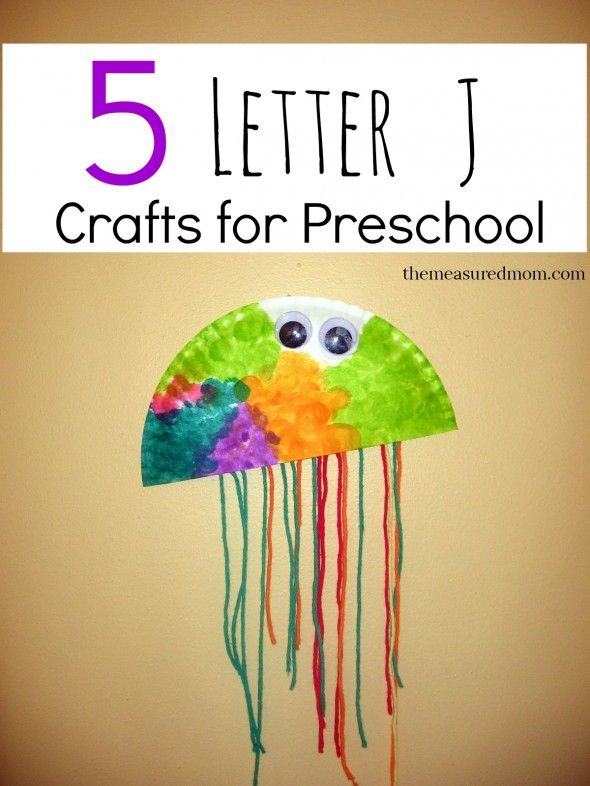 Graphic Guide”, “The Ninth Life of Nelson the Cat” by Anastasia Strokina , “Big Book of Animals” by Mikhail Yasnov , “Million for the Theorem” by Elena Lipatova , “Neighbors” by Kasia Denesevich, books “Moss. The story of one dog "David Tsirichi," Miracle. 365 days" R. J. Palacio and "Let's go to Unalaska" by Anna Dyer , which the Year of Literature.RF has already talked about. And here's another 10 wonderful books that will decorate even the most selective children's home library.
Graphic Guide”, “The Ninth Life of Nelson the Cat” by Anastasia Strokina , “Big Book of Animals” by Mikhail Yasnov , “Million for the Theorem” by Elena Lipatova , “Neighbors” by Kasia Denesevich, books “Moss. The story of one dog "David Tsirichi," Miracle. 365 days" R. J. Palacio and "Let's go to Unalaska" by Anna Dyer , which the Year of Literature.RF has already talked about. And here's another 10 wonderful books that will decorate even the most selective children's home library.
"Dance of the Deep Sea Jellyfish" by Stefanie Höfler
- Translated from the German by Roman Eivadis
- "Polandria", 2021
The German writer Stefani and Höfler unloads herself into the hearts of teenagers In the book Big Black Bird, she told how 14-year-old Ben survives the sudden death of his mother and learns to live again with his father and younger brother. This time, she forces her teenage characters to go through bullying, humiliation, and misunderstanding so that they eventually find their true selves.
This time, she forces her teenage characters to go through bullying, humiliation, and misunderstanding so that they eventually find their true selves.
“Look, he looks like a dancing deep-sea jellyfish!
- Deep sea jellyfish with her bunny! “Love Dance of the Deep Sea Jellyfish!” An explosion of laughter…»
Adolescents are caustic and cruel. How fun and easy it is to attack with the whole flock of someone who dares to be different from everyone else. Nicholas has long been accustomed to constant jokes, practical jokes and teasing. He is fat, very fat. But how did the main beauty of the Zera class end up under the gun? Why did she ask him to dance? And how did it happen that her first slow dance in her life and the very first bucket of slop on her head coincided in time?
They will extricate themselves from all this with childish spontaneity and adult selflessness. Each in his own way, about which he will frankly tell the readers himself.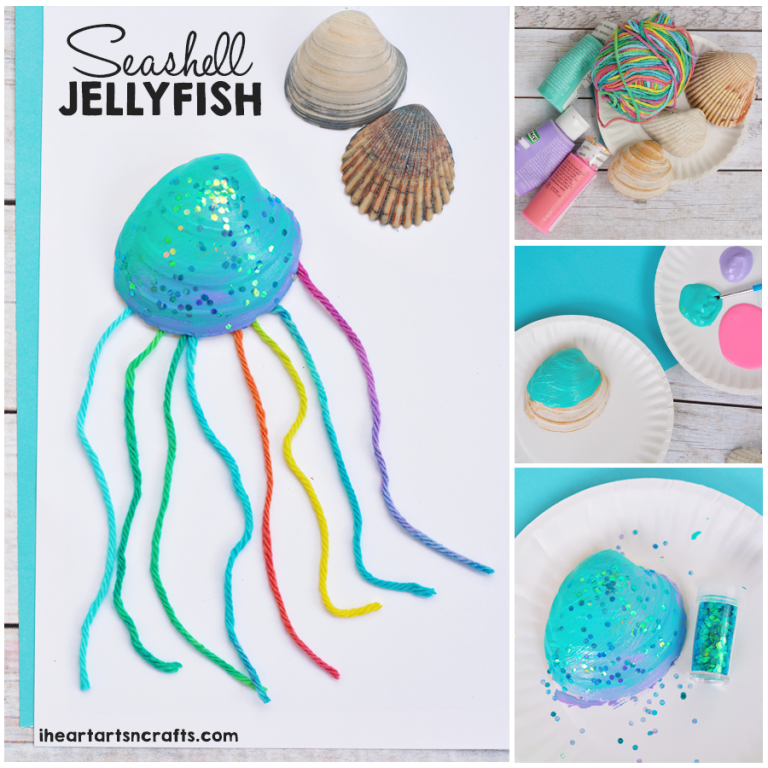 This story has two narrators - he and she, each with their own truth, upbringing, life experience ... She has a friendly and large family, and he lives with his grandmother and blames himself for the divorce of his parents, because of which he turned into a "freak" . She had never swum in the cold lake, and he had been unable to climb a tree for several years. She flaps her girly eyelashes and the whole world is at her feet. And he always goes last in order to remain unnoticed as long as possible. But sometimes he takes out the elixir "Super Nico" and turns into a real superman.
This story has two narrators - he and she, each with their own truth, upbringing, life experience ... She has a friendly and large family, and he lives with his grandmother and blames himself for the divorce of his parents, because of which he turned into a "freak" . She had never swum in the cold lake, and he had been unable to climb a tree for several years. She flaps her girly eyelashes and the whole world is at her feet. And he always goes last in order to remain unnoticed as long as possible. But sometimes he takes out the elixir "Super Nico" and turns into a real superman.
In the end, they will definitely be able to sing a duet. Because they will understand that it is not necessary to change in order to become better? Because there are those who are on their side. A very useful, necessary and inspiring book for modern teenagers, confused and still very insecure.
Here, in the Real World Sarah Pennypacker
- Translated from English by Natalia Kaloshina and Evgenia Kanishcheva
- M.
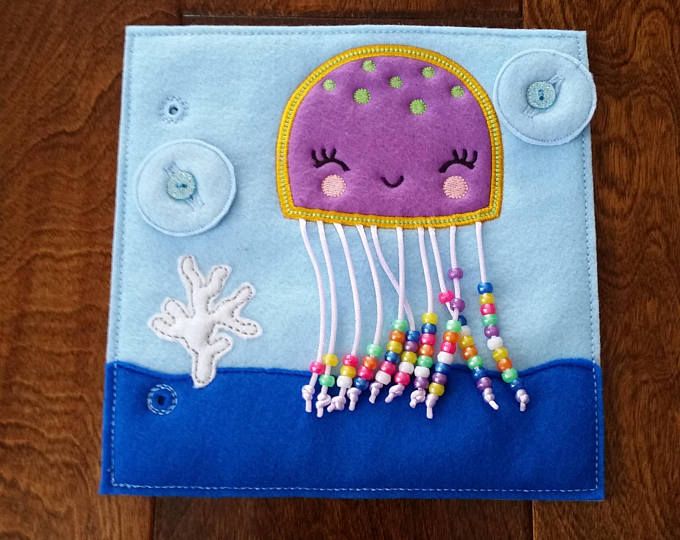 : Samokat, 2021
: Samokat, 2021
Another great book for teenagers and their parents, which will help some to better understand themselves, and others to better understand their children. This time from the author of the masterpiece "Pax" Sarah Pennypacker.
The eleven-year-old Var hero dreams of being invisible, but not in order to spy on everyone, as you might think, but in order to remain alone, unnoticed by anyone. So that no one bothers him to disappear in his own world filled with knights and medieval castles.
He had the whole summer ahead of him, which he expected to spend with his grandmother in a secluded village of pensioners, calmly indulging in his dreams. But life is a harsh thing and often brings unpleasant surprises. Grandmother ends up in the hospital, and our hero goes to the city children's camp "Recreation", where he will have to spend time "in meaningful social interaction with other children." So-called normal children. You can't imagine worse!
But fortunately, on the very first day, Var finds the ruins of an abandoned church next to the camp, which are ideal for a knight's castle.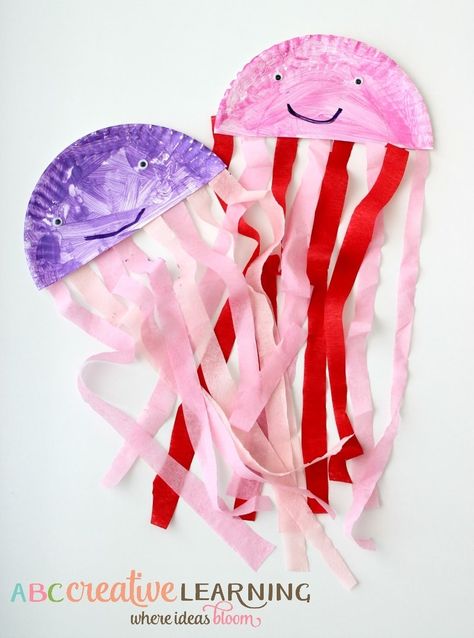 However, the mysterious and stubborn girl Jolene, who has decided to arrange a papaya plantation, claims the same ruins.
However, the mysterious and stubborn girl Jolene, who has decided to arrange a papaya plantation, claims the same ruins.
Will they be able to find a common language and share an imaginary world among themselves? Will their dreams of a reality run by adults be shattered? Are they ready to grow up and change themselves? Pennypacker is not afraid to ask himself and his characters tough questions. How else to understand who you are and why you live in this world. But without it, there is no future.
“And my goal is to fight injustice. “Whenever you find yourself in the face of injustice, engage in battle with it - point eight. Always fight for Righteousness and Goodness, against Injustice - the twelfth point. “I want to fight her. Fix."
“Ghosts” Reina Telegemayer
- Translation from English Yana Gelfand
- M.: Career Press, 2021
New comic book TELGEMIERE will make you think about a lot - about what is the family and what is the family and what is the family and what is the family and for what is the family you are capable for the sake of a loved one, what is true friendship and is it possible to be friends with someone who is categorically different from you, how to come to terms with the loss and continue to live, enjoying every minute.
Katrina and her family move to the coast for the sake of their younger sister Maya. The girl has cystic fibrosis and needs fresh sea air. Kat loves her sister very much, but she is a teenager who was torn from her usual environment, deprived of her friends and sent to a new school. Can you tell your new friends that your little sister walks around with a tube and an oxygen tank? And then there's the neighbor guy stuffed into friends.
But more than anything, Kat is afraid of losing Maya. And when she learns that ghosts live in their new town of Bahia de la Luna and that children's living energy is like air for them, she is seized with real panic. But she is ready to fight fears and ghosts for the love of her sister and for herself. And she will definitely win!
“Writing a book is actually very similar to letting go of your past. Learning to live in peace with your ghosts is a very important part of life. And love in the end is stronger than life and death.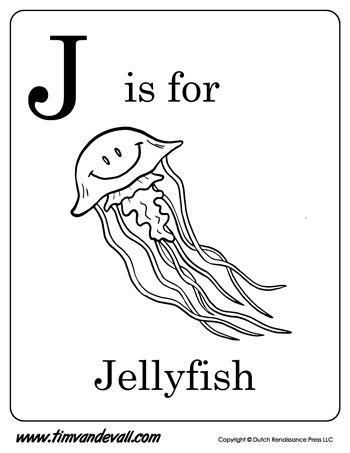 0034 - Telgemeier wrote in the afterword to her book, which she dedicated to her cousin Sabina, who died at the age of 13 from cancer.
0034 - Telgemeier wrote in the afterword to her book, which she dedicated to her cousin Sabina, who died at the age of 13 from cancer.
“I work as a Crocodile” by Giovanna Zoboli and Mariachiara Di Giorno
- Laska-Press
- Moscow: Gorodets, 2021
But if you take a closer look, many of them will pleasantly surprise and make even an adult reader think. You just need to know how to read these books.
The protagonist of the story without words, invented and drawn by Giovanna Zoboli and Mariachiara Di Giorno, is a crocodile who lives in an apartment like an ordinary citizen. Every morning he wakes up, washes, has breakfast, looking through a fresh newspaper, puts on a hat and a raincoat and goes to work in a crowded subway ... to the zoo, where he works as a crocodile. Thus, which looks out from under the water column of an artificial pond and clicks its teeth intimidatingly.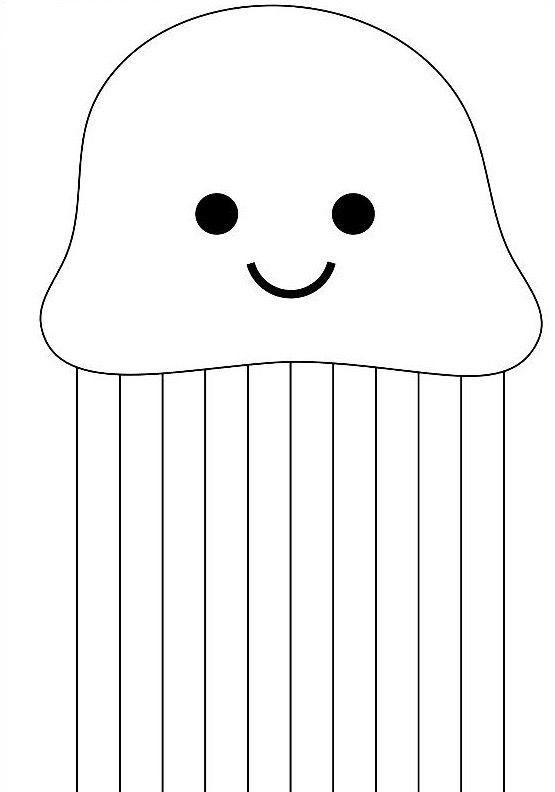
What will the child see in this story? A funny crocodile, somewhat reminiscent of our Crocodile Gena, just as lonely and touching. The beauty is that the child will be able to tell this story himself, and each time supplementing it with new details - inventing new names for the characters and thinking of their possible dialogues.
And adults will think about the animals that live among us without harming anyone, and like us, buy fragrant buns and flowers, and about people who often sometimes behave worse than predatory animals. In general, not everything is so simple, which means that both children and adults will enjoy reading this book.
"The Mouse Who Is There" Anastasia Kovalenkova
- M.: Mann, Ivanov and Ferber, 2021
If you are not yet familiar with the children's books of the artist, writer and storyteller Anastasia Kovalenkova, we advise you to fill this gap as soon as possible. Each of her fairy tales is thought out to the smallest detail, starting from the cover and endpaper and ending with the last page. Here the text coexists with illustrations, complementing and revealing each other. And Anastasia herself is called the heiress Chukovsky , Kozlov and other classics of Russian literature, and is called one of the main storytellers of our time.
Here the text coexists with illustrations, complementing and revealing each other. And Anastasia herself is called the heiress Chukovsky , Kozlov and other classics of Russian literature, and is called one of the main storytellers of our time.
The protagonist of this fairy tale, the mouse Tama, yes, yes, that's his name, an incredibly big and warm heart, an open soul, and big, attentive eyes. He sees and notices what others do not notice. Everyone sees the usual Russian village of Lunevo (which, by the way, has very real prototypes that are clearly dear to the author), and for a mouse, this is an immense world full of wonders and adventures. So that the young reader does not get lost in it and knows exactly where the bell meadow, cow beach, other people's gardens or the meeting place with the fox are located, a detailed map is prudently drawn on the flyleaf.
During that summer, the little mouse did a lot: got a name, saw a blue forest, played hide-and-seek in the fog, made the fox surprised and taught the cat to smile, saved the lamb, dealt with Sweater, who either died or was in a deep faint after falling from a rope, saved his mink from flooding, went on a trip along the river and arranged an unforgettable birthday for his mother.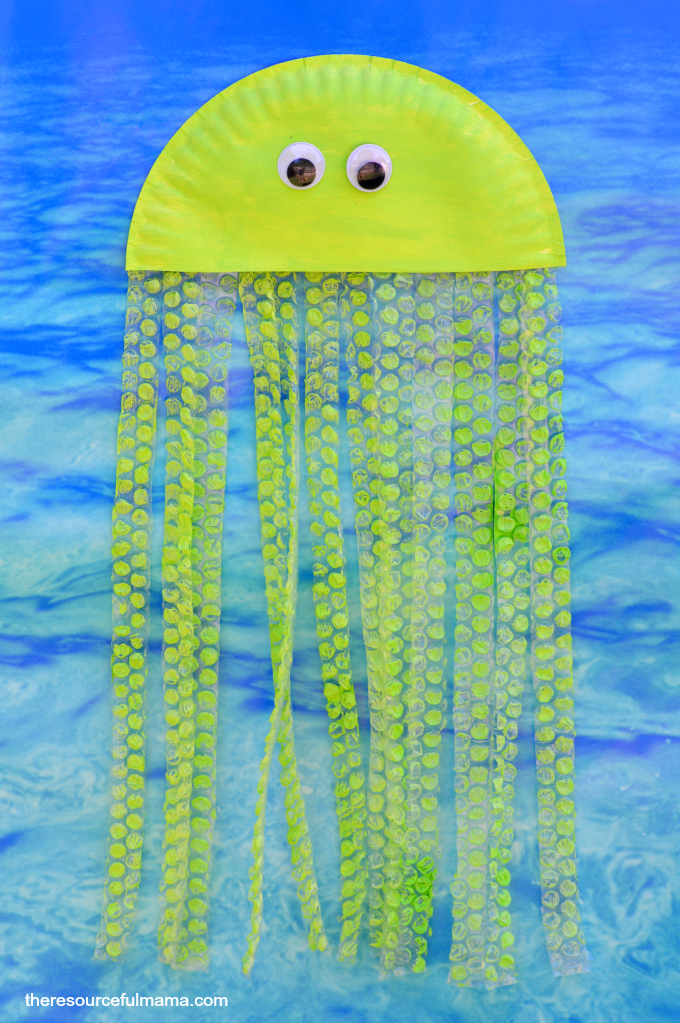 All this is written so subtly, poetically and with humor that it is impossible to tear yourself away from the book.
All this is written so subtly, poetically and with humor that it is impossible to tear yourself away from the book.
Tornatras Bianca Pitzorno
- Translated from Italian
- M.: ROSMEN, 2021
Bianca Pitzorno is one of the favorite children's writers in Italy, a classic of world literature, the author of translations of J.R. Jansson in Italian, twice finalist of the prestigious international Hans Christian Andersen Prize . She just received one of them for this book. Now it is also available to the Russian reader in Russian.
Colomba is only 12, but after the death of her father, she had to grow up instantly and take responsibility for her younger brother and mother, who sits in front of the TV all day. And suddenly life itself turns into an exciting mystical TV series with a suddenly fallen inheritance, chases, new friends, mysterious and evil persecutions and an insidious TV star stepfather.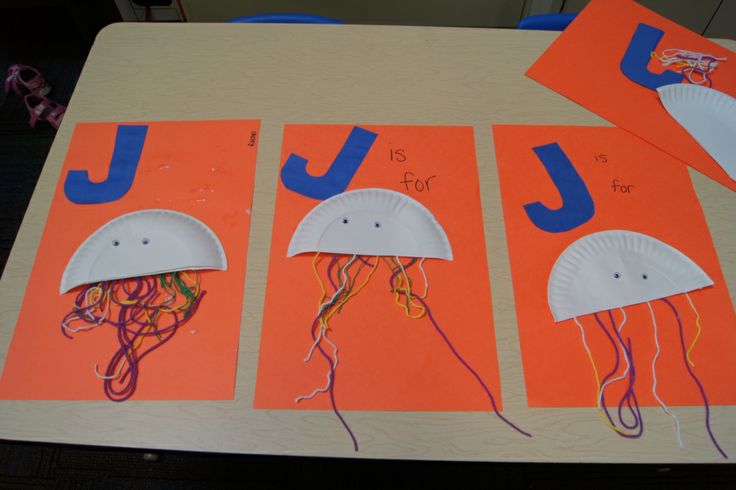 The world of the girl is filled with real magic: islands suddenly appear from the sea, lovers find each other, cats have a sense of a bloodhound, the people are freed from hypnosis and the villains are defeated.
The world of the girl is filled with real magic: islands suddenly appear from the sea, lovers find each other, cats have a sense of a bloodhound, the people are freed from hypnosis and the villains are defeated.
But this is not just a fairy tale, Bianca Pitzorno raises topics important to modern society - the problems of immigrants, racism, low wages, manipulation of television programs and advertising.
The mood of the book is perfectly conveyed by lively, kind illustrations by the wonderful artist Alisa Yufa .
"Walchen" Olga Gromova
- M.: KompasGid, 2021
The author of "Sugar Child" Olga Gromova again makes the reader shake himself and think about the fragility of human life and the strength of the human spirit.
Cloudless Crimean summer of 1941. Thirteen-year-old Valya has just finished sixth grade. Ahead - carefree holidays, swimming, reading and long walks with your beloved girlfriend. But ... June 22 came. Suddenly, young men almost disappeared from the streets, then queues for food lined up, and then ... the Germans came.
But ... June 22 came. Suddenly, young men almost disappeared from the streets, then queues for food lined up, and then ... the Germans came.
There is no more tomorrow, there is no place for dreams of medical care, but there is the sign "OST" - an ostarbeiter is not a person, but a cheap labor force. The girl was sent to Germany, where only hard work, injustice and deprivation await her. And also growing up, meeting amazing people who call her in German: Walchen, first love. And again - a whole life. We see everything that happens through the eyes of Valya and Natasha, who is only a couple of years older. They were not friends, but the war and trials made them truly close people.
Olga Gromova is very attentive to historical details. The book contains many footnotes, indications of historical facts and explanations. The author is not afraid of the truth and tries to be honest with herself and with her readers.
But this book is not about war, but about humanity.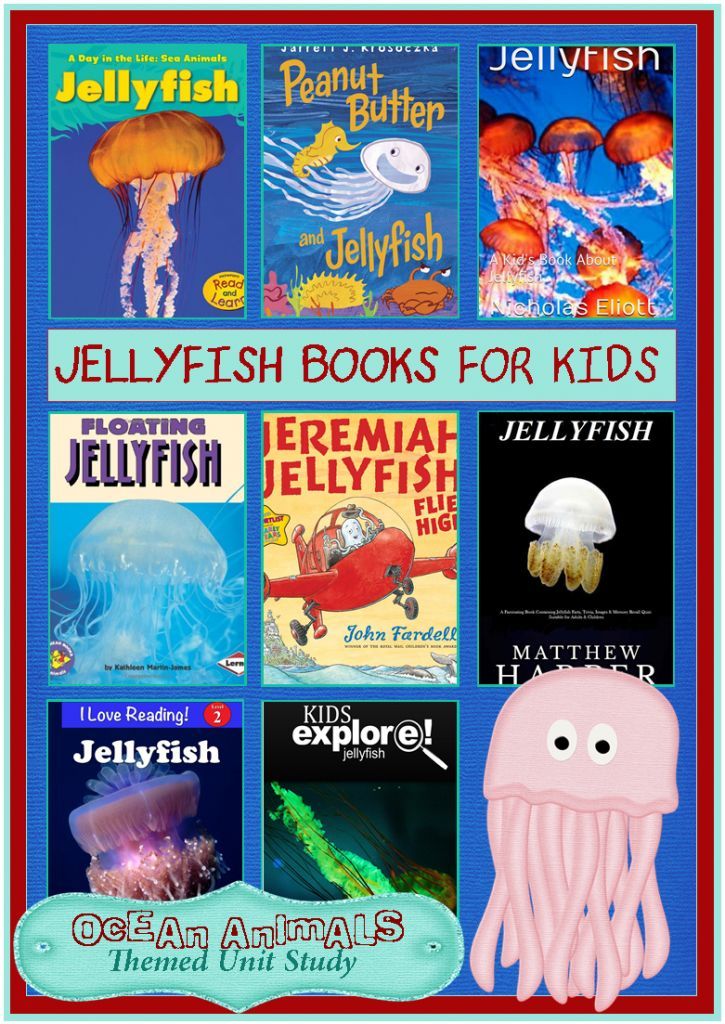 About the fate of teenagers, young people whose lives were forever changed by the war. What were they thinking and where did they find the strength to survive? How did they behave in the most difficult situations and what moral dilemmas did they have to solve? How did they decide who was right, who was wrong, and who was to blame? There are a lot of questions that the heroine is looking for answers to. And along with them, the reader will have to answer them. But for all the complexity of the topic, the book turned out to be light and very exciting.
About the fate of teenagers, young people whose lives were forever changed by the war. What were they thinking and where did they find the strength to survive? How did they behave in the most difficult situations and what moral dilemmas did they have to solve? How did they decide who was right, who was wrong, and who was to blame? There are a lot of questions that the heroine is looking for answers to. And along with them, the reader will have to answer them. But for all the complexity of the topic, the book turned out to be light and very exciting.
“We eat like in a fairy tale” Tatyana Alekseeva
- M.: Alpina.Deti, 2021
Food blogger and confectioner Tatyana Alekseeva went into the world of fairy tales to find out the recipes of their favorite fairy tale dishes from famous fairy tale characters. This is how this book appeared, which contains recipes for every day from favorite children's books. The beauty is that all these dishes can be prepared in an ordinary kitchen from the most ordinary products.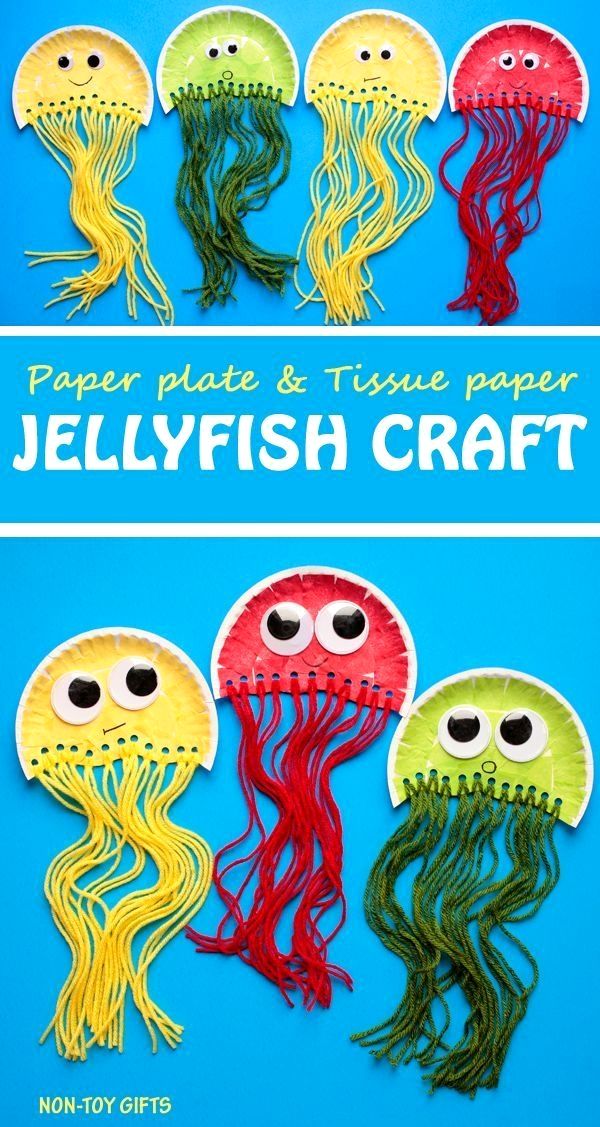 True, you need to be patient, be careful with the ingredients and turn into wizards for a while. But it's not difficult - cooking is the real magic.
True, you need to be patient, be careful with the ingredients and turn into wizards for a while. But it's not difficult - cooking is the real magic.
So if your toddler refuses any new foods, offer him a choice of a leg of lamb for the Ogre from Thumbnail, a rice pilaf with chicken that Ali Baba ate, or Danish root vegetable soup and red Hamburg dumplings masterfully cooked by Dwarf Nose.
Better yet, call your child into the kitchen and invite him to cook for himself. Tatyana Alekseeva painted everything in great detail, besides, there are pictures that suggest what needs to be done. And now on the table is the Summer Pudding from “Through the Looking Glass” or the pies that Masha cooked for her grandmother and which the bear so wanted to try, or maybe you want to cook Homemade Coconut Cake, as Mrs. Banks cooked it in “Mary Poppins Returns” or the Biscuit Cough-Inducing Cookie from Winnie the Pooh and All-All-All. There is even a recipe for wine made from moon grapes using the technology of Baron Munchausen.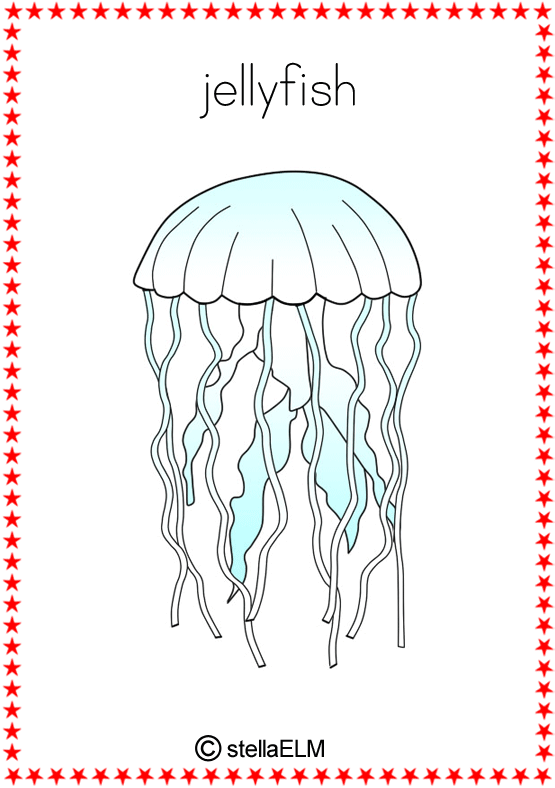 This book will be another tasty excuse to spend time with your children.
This book will be another tasty excuse to spend time with your children.
Palm trees at the North Pole. A big story about climate change” Mark ter Horst
- Translated from the Dutch by Nina Fedorova
- Moscow: Belaya Vorona, 2021
Today, only lazy people do not talk about climate change. The more difficult it is to distinguish real science from the conjectures of homegrown scientists. Dutch children's writer and popularizer of science Mark ter Horst collected information about the history of climate change for several years and came to the conclusion that although human activity can indeed lead to the fact that someday palm trees will grow at the North Pole, this does not mean at all that they are there. never grew.
Just think, our Earth is over 4.5 billion years old! And all this time it is constantly changing and developing. Once America and Europe were one, and India was an island.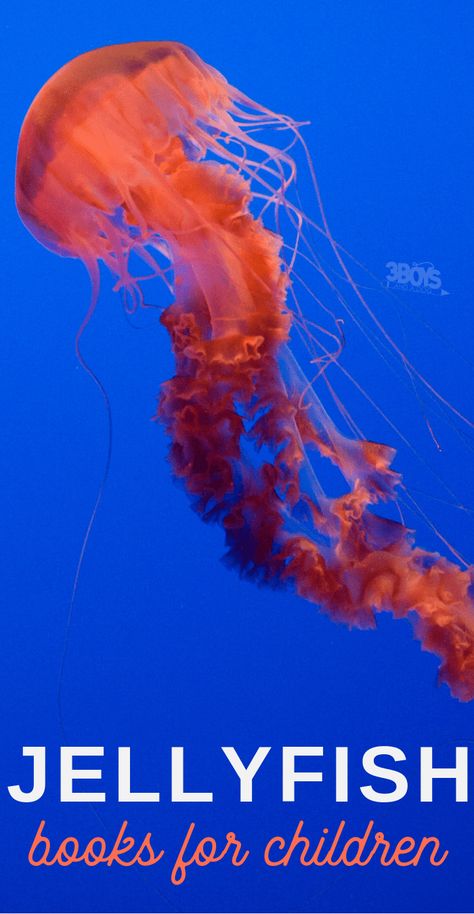 When our planet first appeared, the temperature on its surface exceeded 2000 degrees! And after that we are afraid of warming. And then about 700 million years ago, the temperature dropped to -45 degrees, and the Earth turned into one big snowball. Who is to blame? It is possible that bacteria
When our planet first appeared, the temperature on its surface exceeded 2000 degrees! And after that we are afraid of warming. And then about 700 million years ago, the temperature dropped to -45 degrees, and the Earth turned into one big snowball. Who is to blame? It is possible that bacteria
Understanding why the climate on earth is changing is not easy. We'll have to remember physics, chemistry, geology, biology and much more. When it comes to Earth, there are no small things. What has carbon done for our planet? Why did dinosaurs become extinct? When did the ancestors of modern hippos and crocodiles live in the Arctic? What did people eat at the bottom of the North Sea? How many ice ages have there been and when will the next one be?
There are many questions, and Mark ter Horst explains in detail, clearly and intelligibly what's what. With the help of Wendy Panders, who created a whole series of accurate and at the same time funny illustrations. Science doesn't have to be boring.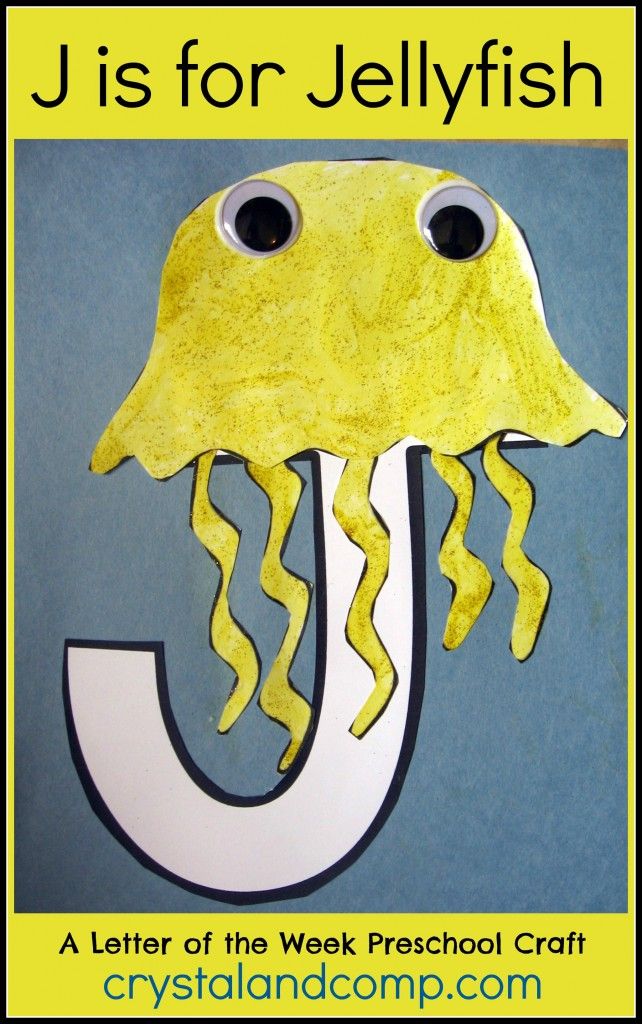 The scientific accuracy of Nina Fedorova's translation was ensured by Alexander Chernokulsky, Senior Researcher at the Laboratory of Climate Theory, Institute of Atmospheric Physics, Russian Academy of Sciences .
The scientific accuracy of Nina Fedorova's translation was ensured by Alexander Chernokulsky, Senior Researcher at the Laboratory of Climate Theory, Institute of Atmospheric Physics, Russian Academy of Sciences .
This book is recommended for children from 10 years old, but it will also be of interest to adults.
"A Thousand Faces of Energy" Roman Fishman
- M.: "Pink Giraffe", 2021
This book opens the new book series "Scientific Ideas Around Us", which was launched by the Pink Giraffe publishing house together with the Polytechnic Museum. And there is nothing surprising that the first was a book about the most mysterious and diverse entity on earth - energy. Whatever we do, we are constantly using it. And not only when we turn on the computer or drive a car, but also when we think or just lie on the couch. Like magic mana, energy allows us to do whatever we want.
Energy has many faces.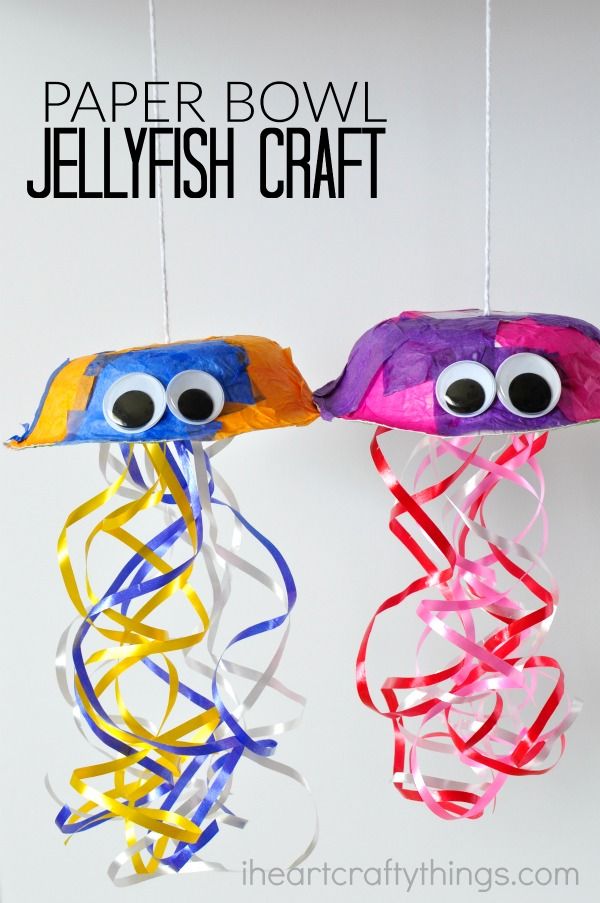 It can be electrical, chemical, thermal, solar, gravitational, and much more. And in fairy tales - even magic. But in any form, energy is what makes something work. But where does the energy come from? How did the man manage to tame her? Is it possible to invent a perpetual motion machine? Who Invented Batteries? Is there enough human energy to light a light bulb? How did energy change history, destroy and create new cities and countries? He spoke about all this in great detail, cheerfully and fascinatingly Roman Fishman , and the artist Alina Ruban helped him.
It can be electrical, chemical, thermal, solar, gravitational, and much more. And in fairy tales - even magic. But in any form, energy is what makes something work. But where does the energy come from? How did the man manage to tame her? Is it possible to invent a perpetual motion machine? Who Invented Batteries? Is there enough human energy to light a light bulb? How did energy change history, destroy and create new cities and countries? He spoke about all this in great detail, cheerfully and fascinatingly Roman Fishman , and the artist Alina Ruban helped him.
Read the book "The Tale of the Medusa Iriska and the Girl Masha" online in full📖 - Myleni Still - MyBook.
Obval designer Lionella Chernyshova
© Milena Stell, 2020
© Lionella Cherneshova, Cover design, 2020
ISBN 978-5-0051-4107-1
Created in the intellectual publishing system Ridero
residential jellyfish.
No, my little friends, perhaps I'll start differently.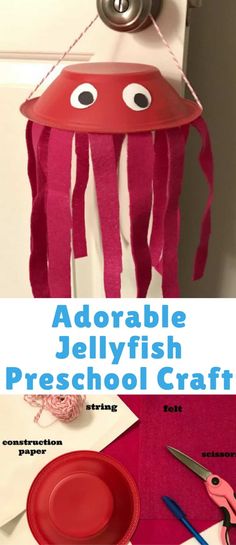
Once, in one of the warm seas, a small jellyfish was born. It was pale white-blue in color and was almost invisible in the water column.
The jellyfish spent the first days not far from her house, eating eggs and plankton in order to quickly gain strength and grow up a little.
Their genus of jellyfish was very ancient, because jellyfish appeared on Earth much earlier than dinosaurs.
The grandmother of the jellyfish was generally considered immortal. The fact is that when she reached a certain maturity, she sank to the bottom of the sea and turned into a polyp. 1
Since then, she has been engaged in a very important business - raising her grandchildren, or rather, little jellyfish.
fig. Hannah Karlzon
It was dark and cold on the seabed, so, having got a little stronger, the jellyfish swam towards the light, which all the time beckoned her, but was too high.
She moved quickly with her small legs, of which she had many.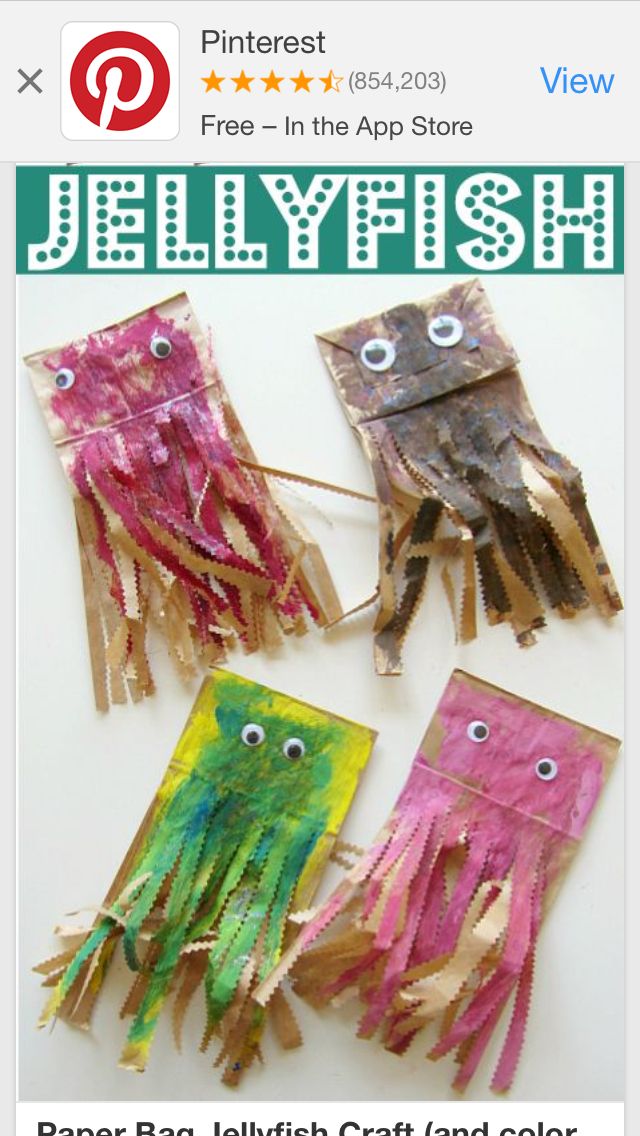 Maybe five, or maybe six, or maybe even ten, because the jellyfish did not yet know how to count.
Maybe five, or maybe six, or maybe even ten, because the jellyfish did not yet know how to count.
The closer she got to the surface of the sea, the warmer the water became, in which juicy green algae floated.
Jellyfish opened her mouth and sucked in the seaweed, as her grandmother taught. The seaweed was very tasty, and she immediately remembered how her grandmother said that sea grass is extremely useful for small jellyfish.
Having eaten, the jellyfish began to play catch-up with the same small jellyfish.
Usually, when they were naughty in the same way in the presence of grandmother, she sighed deeply and called them brainless hats, since they really didn’t have brains, and by the way, neither did they have heads. And if there is no head, then there is nowhere to put the brains.
This fact never bothered the jellyfish much, because swimming in the sea, eating algae and playing catch-up with friends did not require brains.
The main thing is that she had a mouth, a beautiful hat with lace around the edges, and strong tentacle legs.